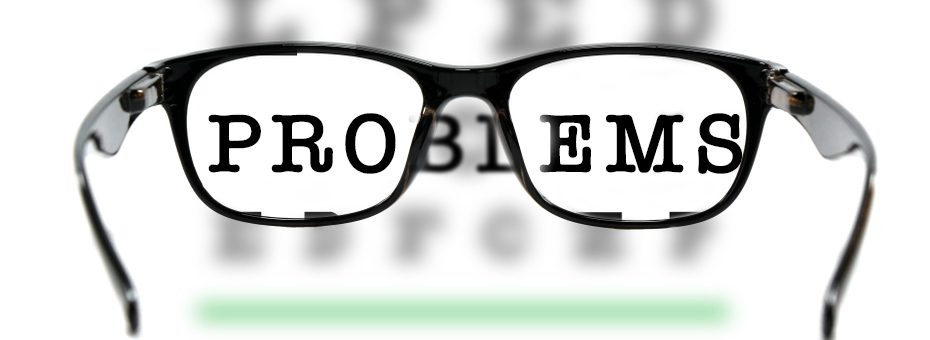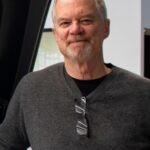“Fresh eyes” reviews are often an indispensible part of developing new value. The basic idea is to ask someone who has general knowledge of your work, but no background on your specific product, to review it and give you critical feedback. It’s amazing what can be learned from this practice. Developers are often so close to the work for so long that they can miss some obvious opportunities. Our friends at Schilling Robotics provide an example.
Scott Fulenwider, and his team at Schilling Robotics (a division of TechnipFMC that designs and builds state of the art undersea ROVs), had leveraged a full suite of sophisticated, state-of-the-art CAD and simulation tools to design a breakthrough actuator arm for a new product named “Atlas”. This actuator arm had to be much stronger than anything currently available, with increased levels of precision and flexibility. He knew that one of the most difficult technical problems to solve was the “pitch-yaw joint,” which required the last three joints to be as closely coupled as possible and still achieve strength requirements. Linear actuators were required to move the joints, and these hydraulic actuators required hoses running through the center of the arm to provide power. The design challenge was to weave these hoses around the actuators and other mechanisms so that they never kinked or become bound up under any circumstances.
“Fresh eyes” is not about copying and it is not a short cut. Rather it is a practice that is most effective when employed after you have done a fair amount of work and could benefit from a new perspective provided by an experienced source.Fulenwider remembers walking out of a design review, during which the team studied the design in CAD, and felt like they had “nailed it.” Still, he wondered why Willie Klassen, a senior engineer not assigned to his project and one of the brightest guys in the company, had been skeptical about the design during their team dialogue. Willie just felt like something was wrong – he was concerned that the virtual CAD data was not giving them the whole story – especially concerning the hoses.
After talking with Klassen in more detail about his concerns they headed down to the prototyping area and set out to build a low-fidelity model that would test his concerns and prove out his design. He printed out some screen shots of the design; drew them out on pieces of wood; and sawed, glued, and fastened together a rough working model of the critical aspects of the arm. He realized almost instantly that the arm would not work. Klassen had been right. Fulenwider immediately called his team together, and they studied the issues. They continued to think through alternatives and rapidly build prototypes by hand, increasing fidelity to better represent system operating context, and within three weeks the team was able to come up with a design that met or exceeded all requirements.
Had Scott and his team ignored Klassen’s concerns and proceeded in development without testing his fresh eyes observations the problem would not have been discovered until much later in the development process. Consequently, time would have severely limited their design options, and they likely would have had to settle for a much larger, heavier, and expensive arm in order to meet the strength requirements — and one with less operating precision.
“Fresh eyes” exchanges can and should go beyond individual products. When I worked at Ford we not only used fresh eyes reviews to improve our products, we also had the unique opportunity to engage in these types of exchanges with the other companies that were part of the Ford family. One company that we learned a great deal from was Mazda. We were able to exchange information with our Mazda colleagues on our product development and manufacturing practices, and provide candid feedback to each other on possible improvement opportunities. These exchanges were far richer and more beneficial than the “industrial tourism” that often passes as “benchmarking”. This is largely because both sides were able to share with a level of transparency that included, in fact focused on, flaws. Protected by both legal and financial agreements both sides were able to actively seek out criticisms as invaluable opportunity to get better.
However most organizations do not have the benefit of a Mazda to look at their development, manufacturing or management systems. So it was with that in mind that we created the LPPD learning group of companies.These are high performing organizations such as Honda, Herman Miller, U.S. Synthetics, Bose, TechnipFMC and others who have already done outstanding work on their own, yet recognize the incredible value of “fresh eyes” feedback from other successful companies who on their own LPPD journey.
I was reminded of the power of “fresh eyes” last week during our learning partner event hosted by Honda. These non-competing companies, protected by NDAs, shared their amazing work with a level of transparency and candor that was reminiscent of my work with Mazda. The openness, humility and willingness to provide invaluable input from a fresh perspective were truly incredible to witness. Everyone came away from the experience with new ideas and insights they could take back home to start experimenting with.
“Fresh eyes” is not about copying and it is not a short cut. Rather it is a practice that is most effective when employed after you have done a fair amount of work and could benefit from a new perspective provided by an experienced source. Could “fresh eyes” input help to improve your products or even your development capability?
Best Regards
Jim
PS: Our inaugural “Designing the Future” conference in Traverse City, Michigan absolutely exceeded expectations thanks to all the great people who joined us! We have already begun our planning for next year’s conference taking place on June 27-28 in Traverse City, Michigan. Consider being part of it.






